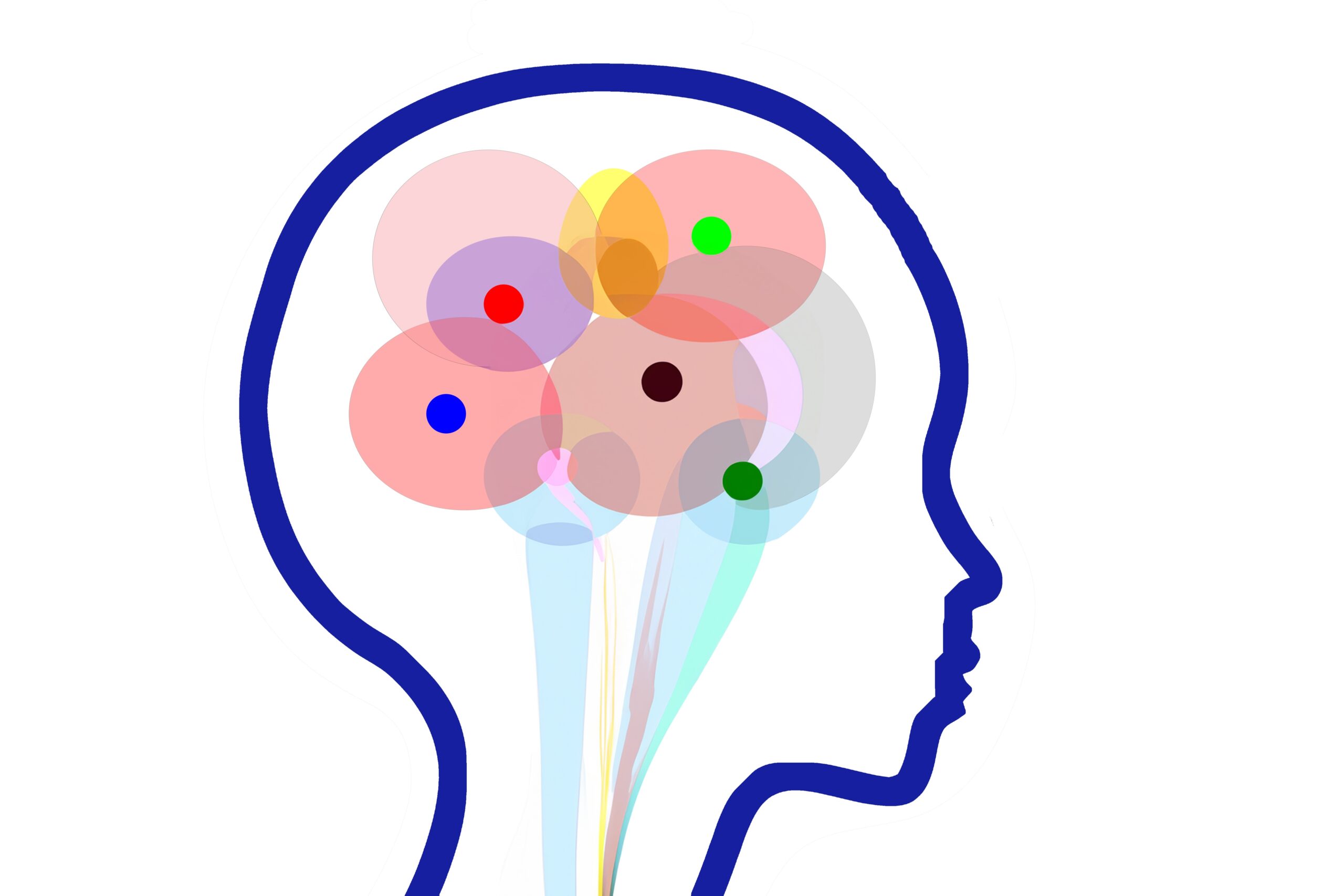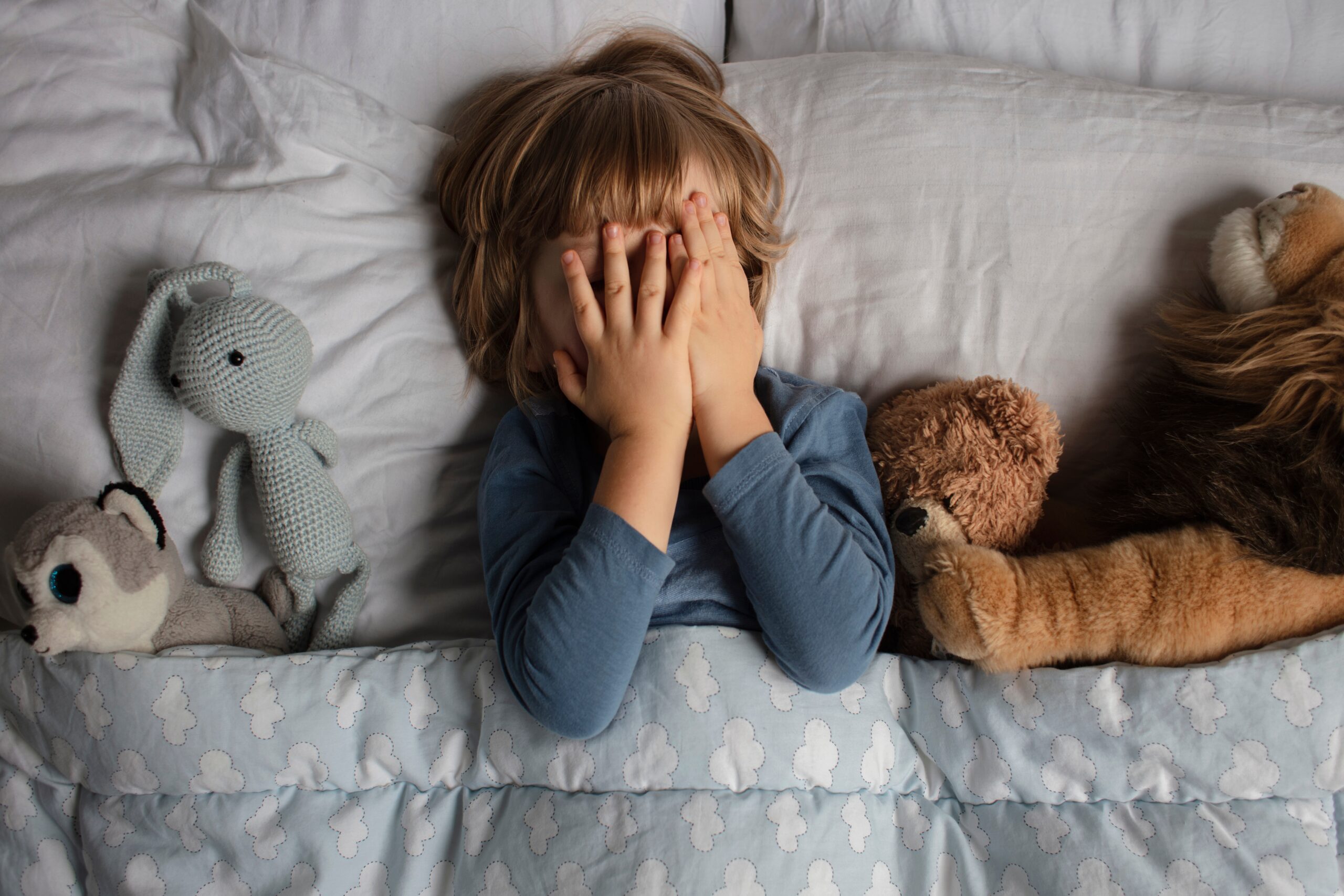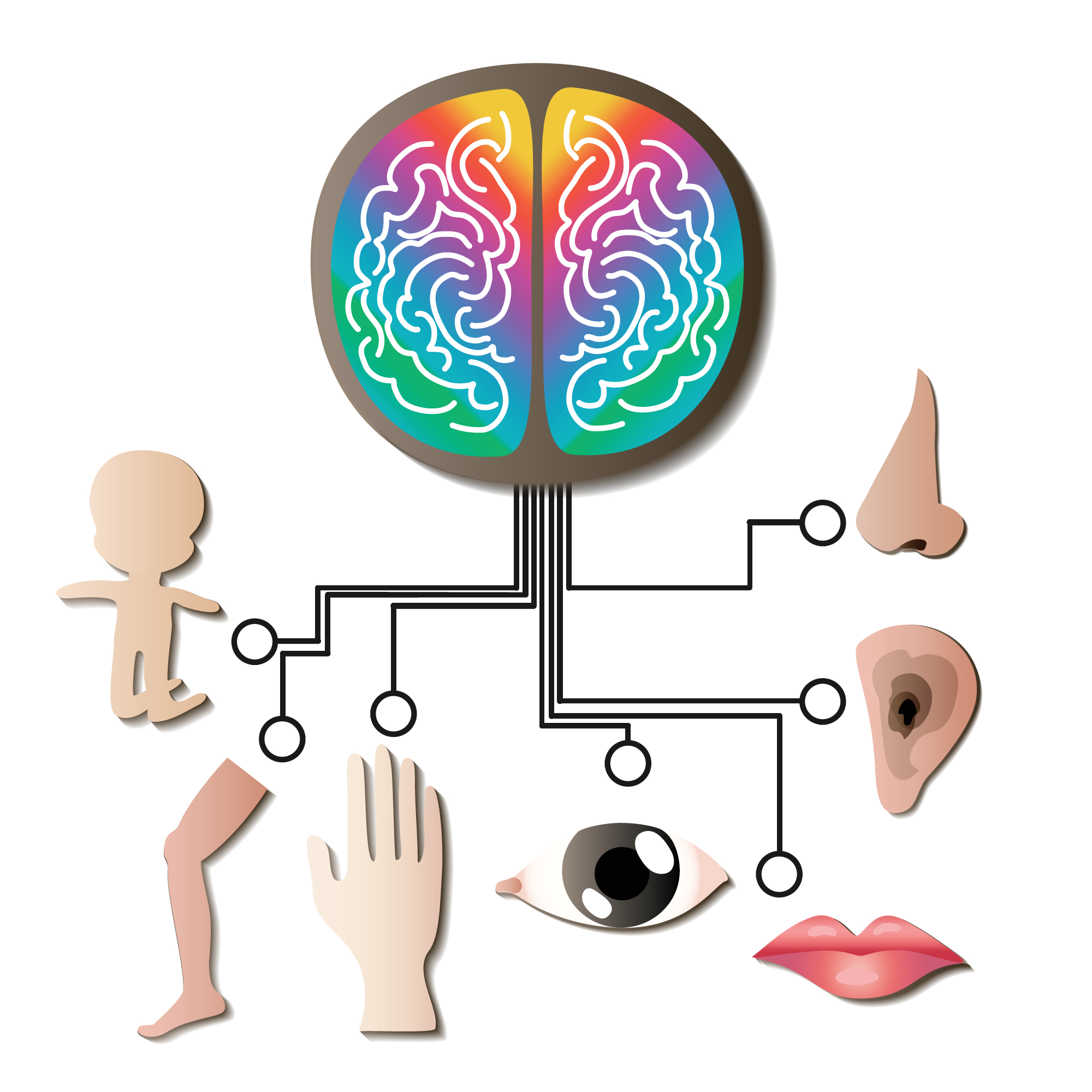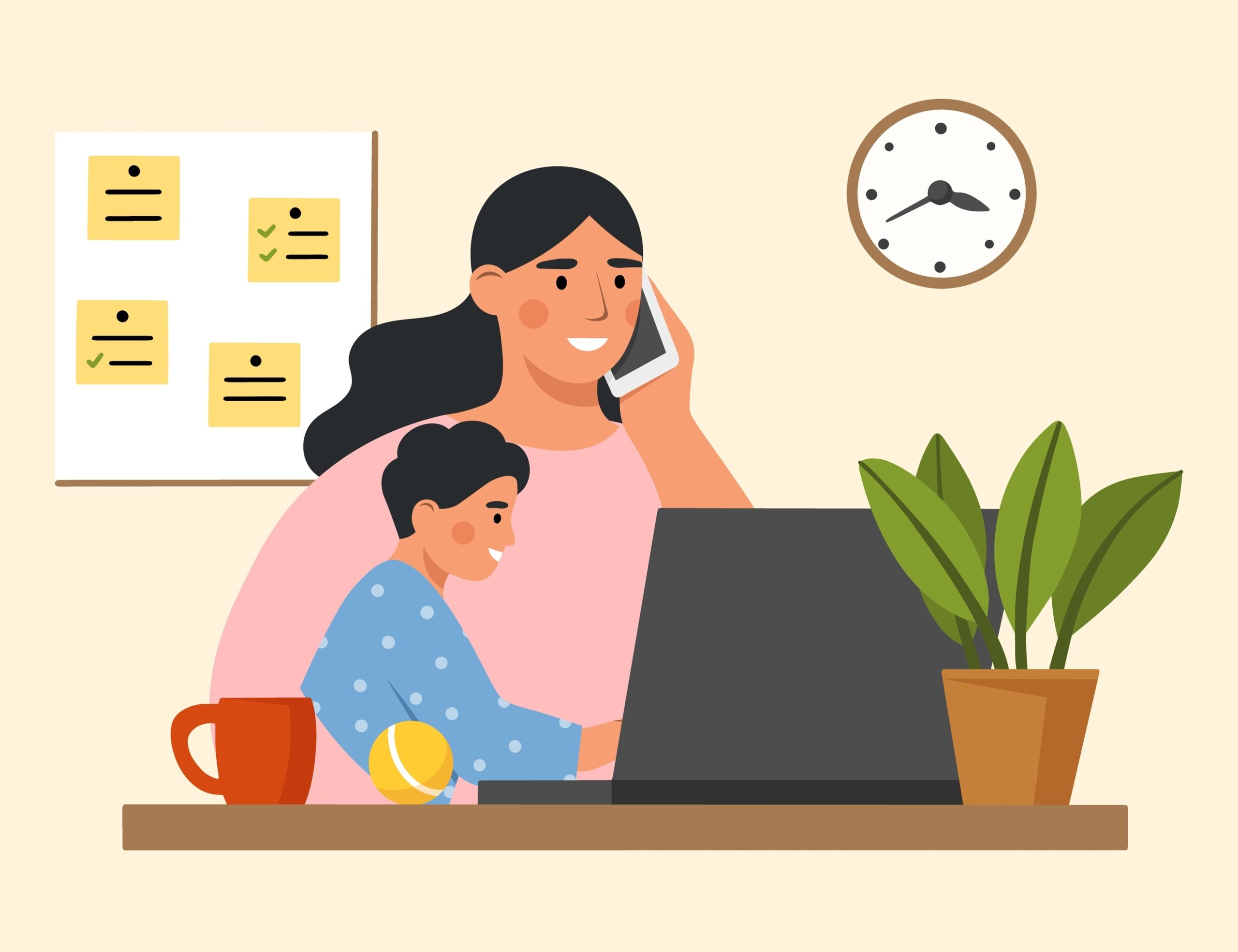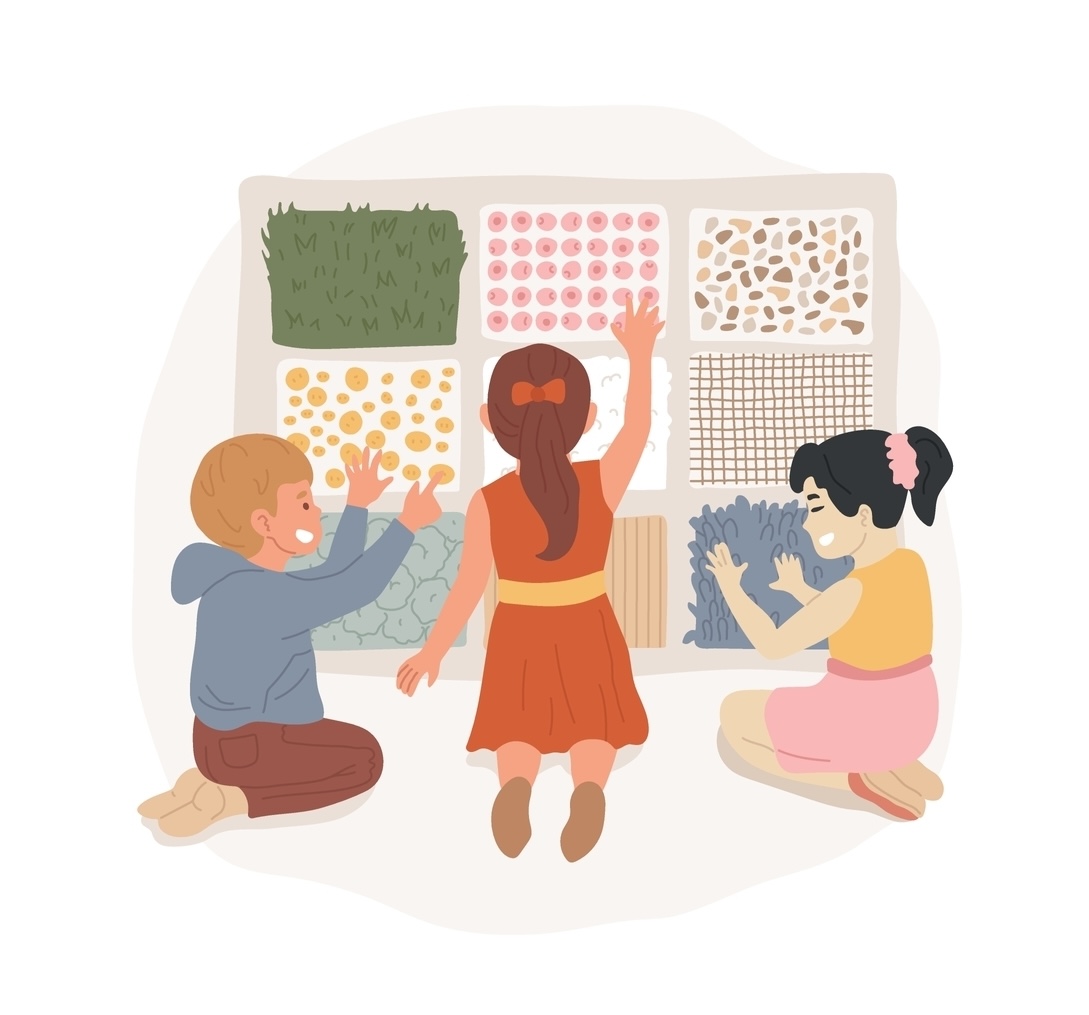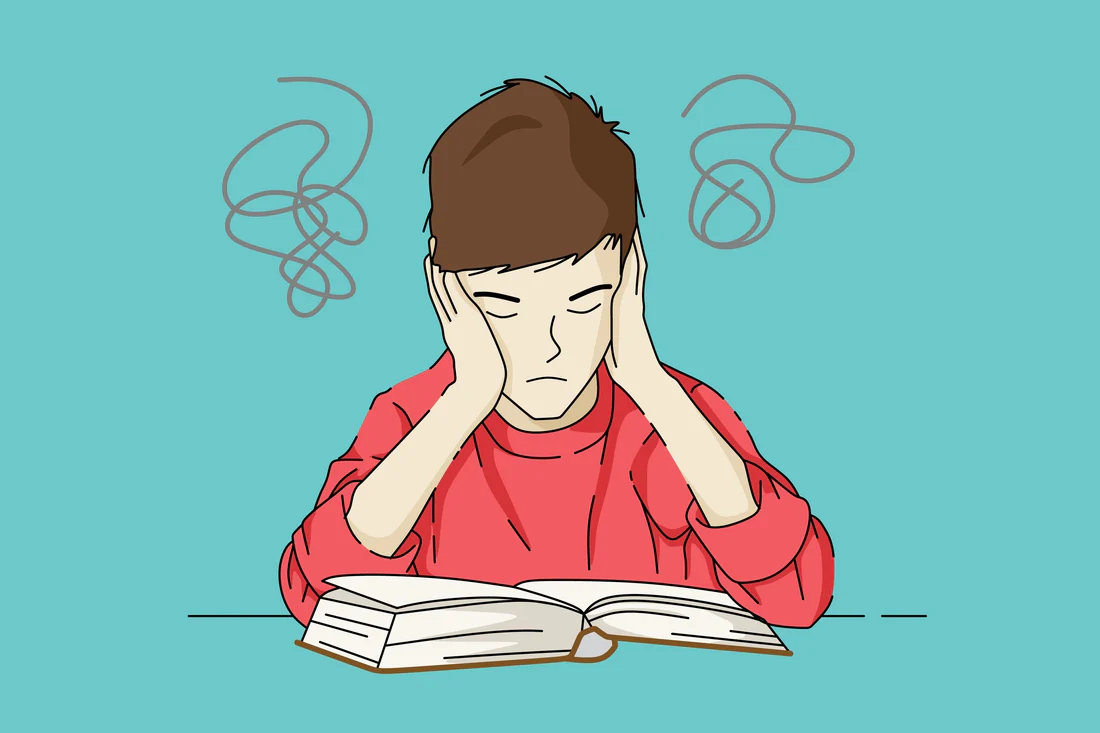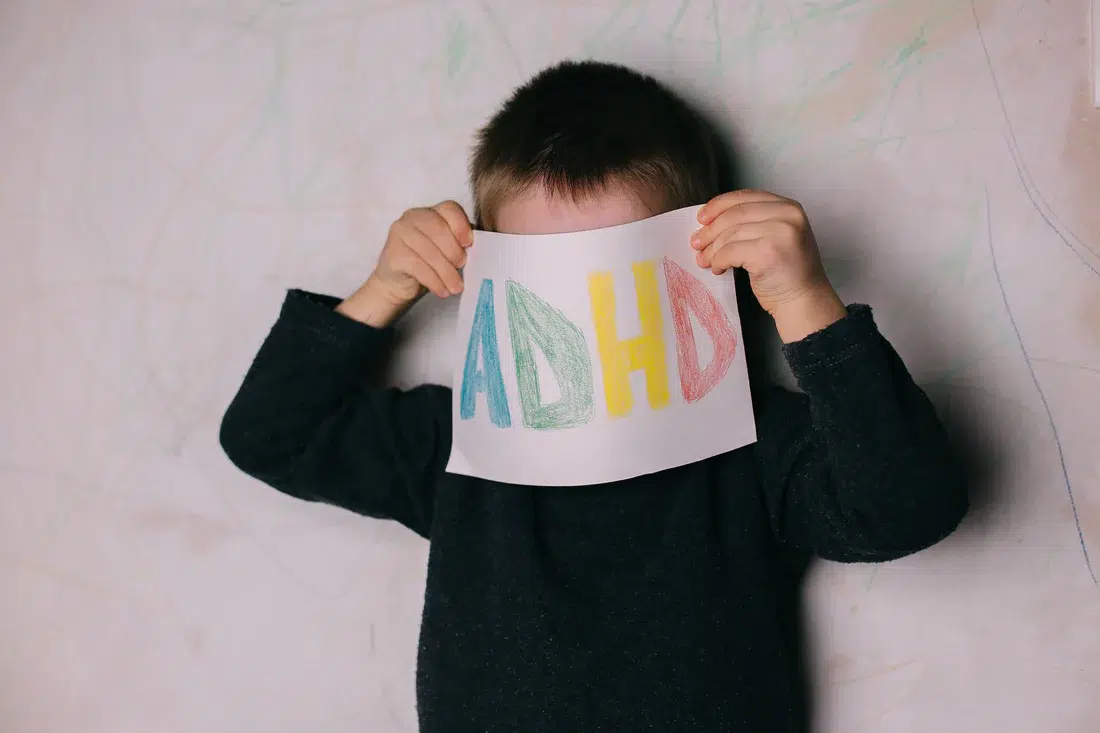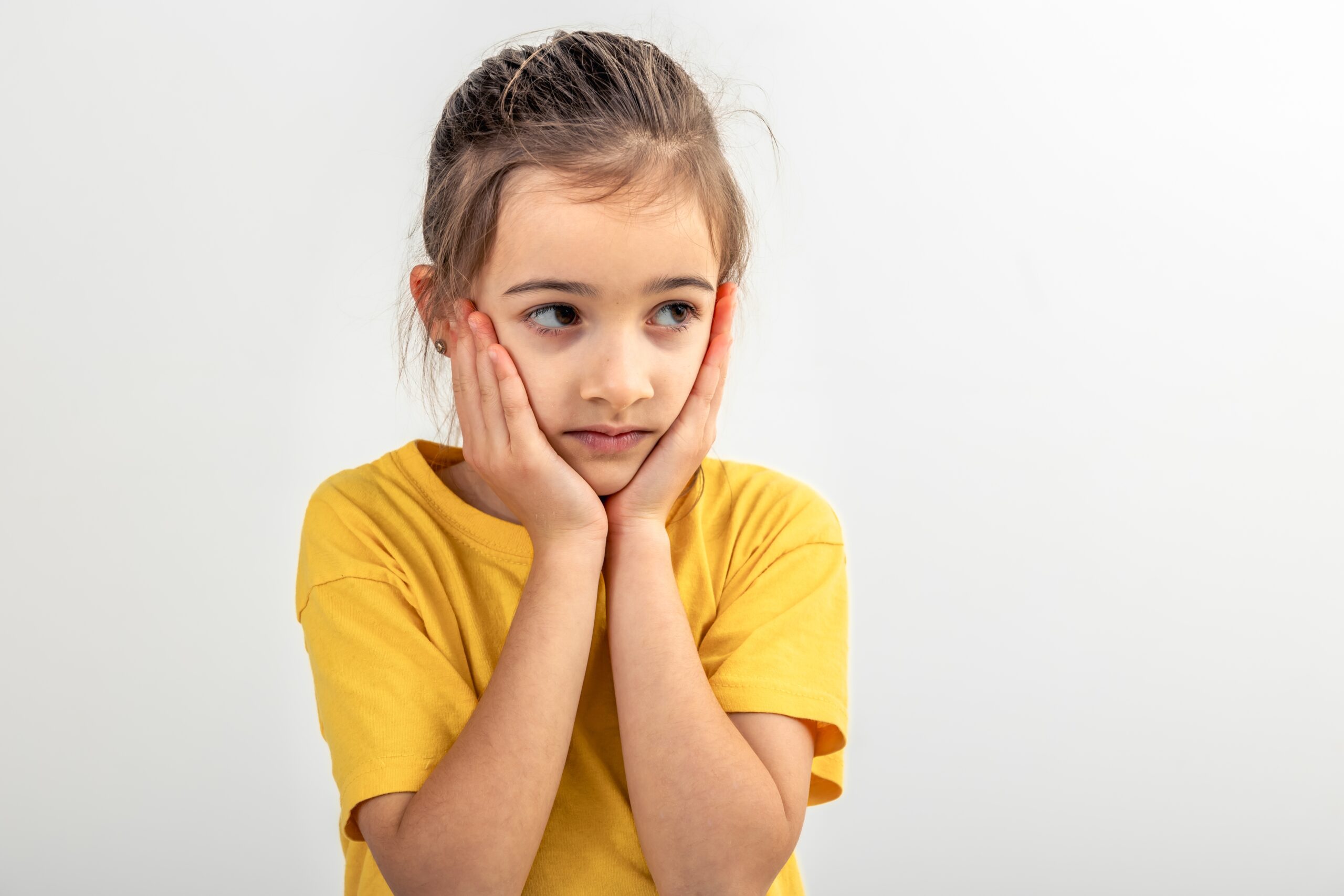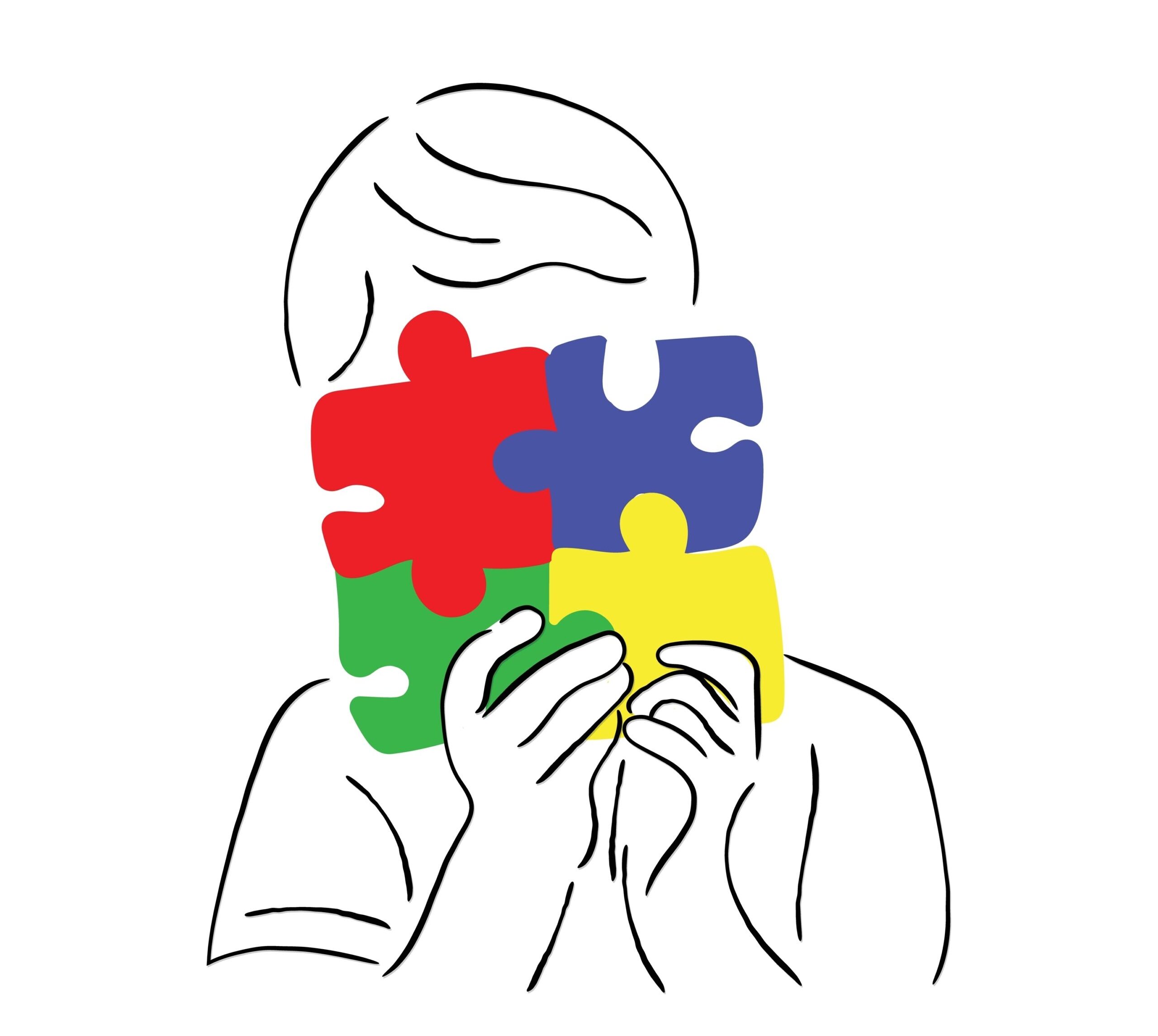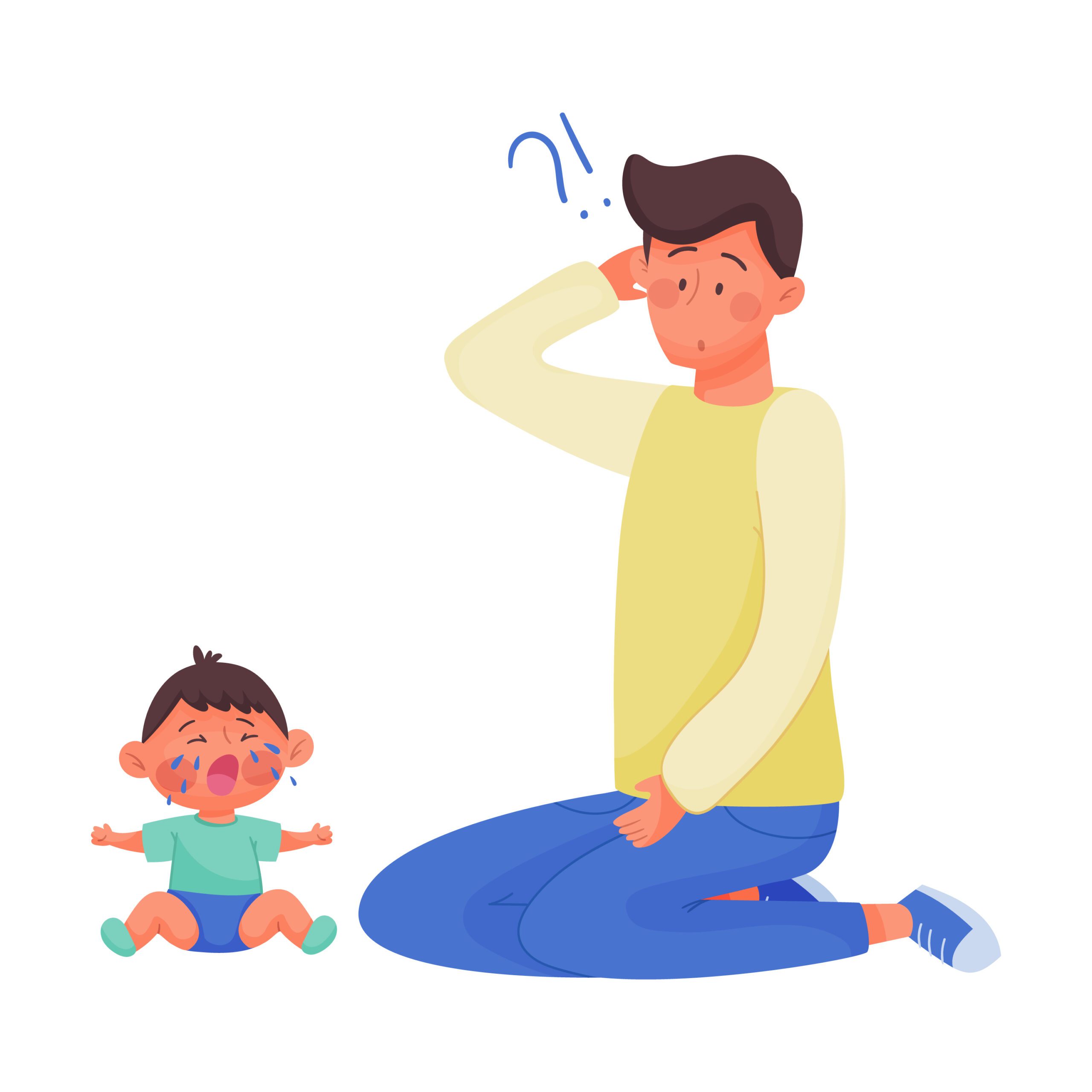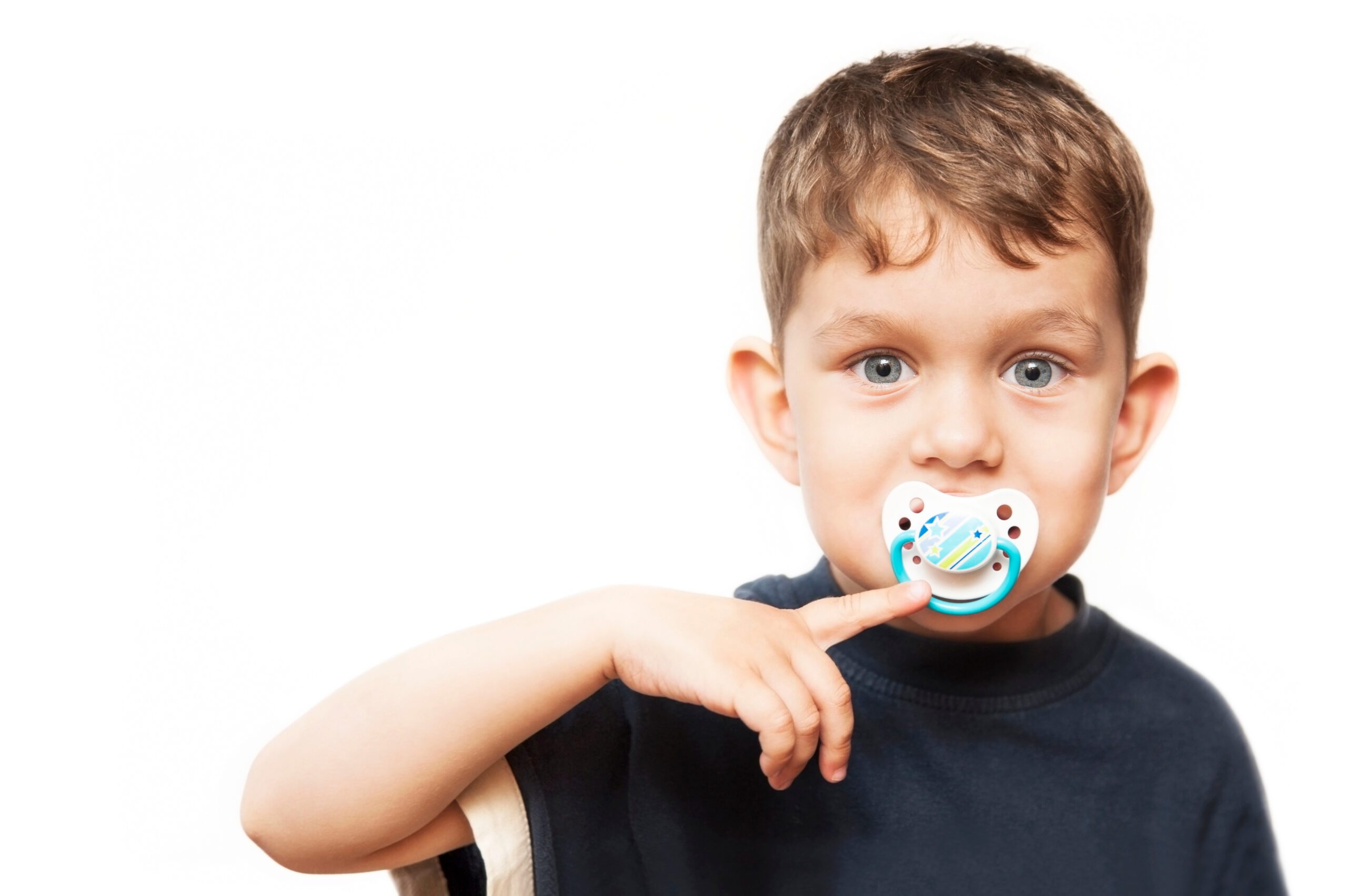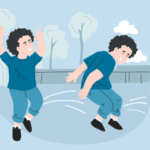
Blog
Separation Anxiety in Children with Special Needs
Author: DrSensory
May 29, 2025
Separation Anxiety in Children with Special Needs
Separation anxiety can feel really hard for both kids and parents. For families with kids who have special needs, it can be even more challenging. But knowing why it happens and learning how to handle it can help a lot.
This guide will explain what separation anxiety is, why it happens in kids with special needs, and how you as a parent can help your child feel safe and confident. Whether your child has autism, ADHD, Sensory Processing Disorder (SPD), speech delays, or Down syndrome, you will find helpful tips to make changes easier and support your child’s feelings.

What Is Separation Anxiety?
Separation anxiety is a normal part of growing up when kids feel scared or upset when they are away from their main caregivers. Most children have separation anxiety when they are babies or little kids, and it usually gets better as they grow.
However, in children with special needs such as autism, ADHD, or sensory processing challenges, separation anxiety can last longer or feel stronger. These kids might have extra trouble talking, handling sensory information, or getting used to new places, which can make their fear and worry even bigger.
Why Is Separation Anxiety More Common in Children with Special Needs?
Children with special needs sometimes feel their emotions, surroundings, and daily routines in different ways. For example:
- Autistic Children: Having a regular routine and knowing what will happen next helps kids with autism feel calm. Changes, like being away from a caregiver, can make them feel more worried or upset.
- ADHD: Kids with ADHD may have a hard time managing their emotions, so leaving a trusted adult can feel extra hard or upsetting for them.
- Sensory Processing Disorder: Experiencing sensory overload like loud noises or bright lights—can make kids feel even more upset when they’re away from a caregiver who helps them feel safe.
- Nonverbal or Speech Delays: When kids have trouble talking or understanding words, it can be harder for them to know why they’re being separated. This can make them feel more frustrated or worried.
- Down Syndrome: Kids with Down syndrome may stay close to their caregivers because they depend on them for comfort and help in new or social situations.
Noticing what makes your child feel upset is the first step to helping them handle separation anxiety.
Nonverbal Learning Disorder (NVLD)
Why Was Aspergers Removed From DSM-5?
10 Learning Disabilities in Children | Overview with Symptoms and Strategies
Typical Milestones in Speech and Language Development for Birth to Seven
What Causes Separation Anxiety in Children with Special Needs?
Separation anxiety doesn’t just happen for no reason. While every child is different, some common things can make it worse, such as:
1. Changes in the Environment
Starting a new school, meeting new caregivers, or changes in daily routines can be hard for kids with special needs. These changes can make it harder for them to feel safe, especially when they’re away from their caregiver.
The Importance of Routine in Managing Sensory Processing Issues
Top Strategies for Parents to Support Children with ADHD at Home and School
2. Sensory Overload
Kids with sensory sensitivities, like SPD or autism, can feel overwhelmed by loud sounds, big crowds, or busy places. These things can be very stressful and make them depend more on a caregiver to feel safe.
Sensory Overload Survival Guide: Share Your Tips & Tricks!
Understanding Sensory Overload in Children: Signs, Impact, and Strategies
3. Difficulty Understanding Transitions
Kids with nonverbal communication challenges or speech delays may have a hard time understanding that separations are temporary. They may not be able to ask for comfort or reassurance, which can make them feel confused and anxious.
Speech Therapy for Children & Toddlers
Typical Milestones in Speech and Language Development for Birth to Seven
4. Underlying Anxiety or Emotional Regulation Issues
Kids with conditions like ADHD or sensory sensitivities may find it harder to control their feelings. This can make their anxiety get stronger, especially when their caregiver isn’t nearby.

Tailored Strategies for Managing Separation Anxiety
Thankfully, there are many strategies you can use to help ease separation anxiety. Here are some practical, sensory-friendly tips to make transitions smoother:
1. Prepare Your Child Ahead of Time
- Use a visual schedule or social stories to explain when separations will happen and when you’ll return.
- For example, if your ADHD child is transitioning to school, show them photos of their teacher, classroom, or playground in advance.
Is It ADHD or Sensory Processing Disorder?
Top Strategies for Parents to Support Children with ADHD at Home and School
Benefits of Using Sensory Toys and Tools for SPD: High School Edition
2. Create a Warm-Up Routine
- Develop a goodbye ritual, like a special handshake, hug, or phrase. Consistency can help children feel calm and in control during transitions.
The Importance of Routine in Managing Sensory Processing Issues
3. Use Comfort Items
- Encourage your child to bring sensory-friendly tools like a weighted blanket, fidget toy, or a favorite stuffed animal. Sensory tools can provide soothing reassurance and reduce disruptions caused by sensory overload.
The Benefits of Sensory Toys for Calming and Sensory Seeking Behavior
Insights into Choosing the Right Sensory Toys for ADHD
Autism and Sensory Disorders: Therapeutic Impact of Sensory Toys
4. Foster a Predictable Routine
- If your child thrives on structure, set clear and consistent daily schedules. This is particularly helpful for autistic children or those with SPD.
5. Teach Coping Skills
- Practice breathing exercises or other calming techniques with your child before separation. Apps like Calm or Smiling Mind offer guided mindfulness practices designed for kids.
6. Keep Goodbyes Short and Positive
- Avoid dragging out goodbyes. Smile, reassure your child you’ll be back, and leave quickly. Lingering can mistakenly reinforce their fear.
7. Encourage Gradual Exposure
- Start with small separations and gradually increase the time apart. For example, leave them with a trusted relative for short periods before moving on to longer daycare or school drop-offs.
8. Communicate Clearly
- For nonverbal kids, use communication strategies such as sign language, picture exchange communication systems (PECS), or a communication device to reinforce when and how you’ll reconnect.
Nonverbal Learning Disorder (NVLD)
Supporting Social Skills Development in Kids with Autism
10 Learning Disabilities in Children | Overview with Symptoms and Strategies
When to Seek Professional Help
If your child’s separation anxiety is significantly impacting their everyday life or family dynamics, consulting a professional can make a difference. Working with an occupational therapist (OT) can provide tailored intervention to help your child overcome anxiety and improve their ability to transition confidently.
Benefits of Occupational Therapy
- Sensory Regulation Strategies: OTs will assess your child’s sensory-related needs and recommend tools or exercises for calming sensory overload.
- Behavioral Techniques: Therapists can help create step-by-step plans to reduce anxiety in specific settings, like school or social situations.
- Parent Coaching: Learn strategies for improving transitions, managing meltdowns, and supporting your child’s emotional regulation.
Occupational Therapy Activities for Children With Autism
Searching for an OT in your area? DrSensory provides a trusted database of occupational therapists who specialize in supporting children with autism, ADHD, SPD, and other challenges.

Supporting Your Child Every Step of the Way
Separation anxiety in children with special needs can feel like a monumental challenge, but it’s one that can be overcome with understanding, consistency, and the right strategies. By identifying triggers, implementing tailored approaches, and seeking professional help when necessary, you can support your child in feeling secure and confident as they take steps toward independence.
Remember, you’re not alone in this journey. Countless parents and professionals are here to help you and your child thrive.
If you’re ready to take the next step, start exploring our DrSensory Therapist Database and connect with an OT who can provide personalized guidance and support.
related blogs
Your child is constantly moving, crashing into furniture, or having meltdowns in response to seemingly minor things like a loud
Your toddler refuses to wear certain clothes, has huge meltdowns in noisy places, or is an extremely picky eater, limited
Your child seems to miss verbal instructions, struggles to follow conversations in noisy environments, and often asks "what?" even when
On the surface, autism and Ehlers-Danlos syndrome (EDS) might seem like two entirely unrelated conditions. One is a neurodevelopmental condition
The intense head pain begins, lights feel blindingly bright, and every sound seems amplified to an unbearable level. You retreat




